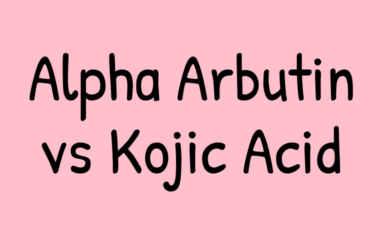Table of Contents
What is Hyperpigmentation?
Hyperpigmentation is a common skin condition that occurs when there is an excess production of melanin, the pigment responsible for giving color to the skin, hair, and eyes. This condition can cause patches or areas of the skin to appear darker than the surrounding skin, leading to an uneven skin tone, discoloration, and sometimes even skin texture. Hyperpigmentation can be caused by a variety of factors, including exposure to the sun, hormonal changes, or skin injuries, among others.
The Causes of Hyperpigmentation
While hyperpigmentation can be caused by a number of factors, the most common causes are:
- Sun exposure: Prolonged exposure to the sun, especially in areas with strong UV radiation, can lead to the production of excess melanin, resulting in dark spots or patches on the skin.
- Hormonal changes: Hormonal fluctuations during pregnancy, menopause, or puberty can cause hyperpigmentation, known as melasma.
- Skin injuries: Cuts, wounds, or burns can cause inflammation and lead to the production of excess melanin, resulting in hyperpigmentation.
- Medications: Certain medications, such as some antidepressants, can cause hyperpigmentation as a side effect.
- Inflammation: Chronic inflammation can lead to the production of free radicals, which can damage the skin and cause hyperpigmentation.
- Genetics: Unfortunately, some people may be more prone to hyperpigmentation due to their genetic predisposition.
Signs and Symptoms of Hyperpigmentation
The most common signs and symptoms of hyperpigmentation include:
- Patches or discoloration on the skin
- Dark spots or freckles
- Faded or uneven skin tone
- Redness or inflammation
- Irritation or itching
How to Treat Hyperpigmentation
While hyperpigmentation can be challenging to treat, there are several ways to address the condition and reverse its effects. Here are some of the most effective ways to do so:
1. Topical treatments: Over-the-counter or prescription creams, gels, or lotions that contain ingredients such as hydroquinone, kojic acid, or retinoids can help improve skin tone and reduce hyperpigmentation.
2. Chemical peels: Chemical peels can help exfoliate the skin, removing dead skin cells and revealing brighter, more even-toned skin.
3. Microdermabrasion: This non-invasive exfoliating treatment can help remove dead skin cells and improve skin texture and tone.
4. Laser therapy: Laser therapy, such as Q-switched lasers or fractional CO2 lasers, can help target specific areas of hyperpigmentation, reducing their appearance and improving overall skin tone.
5. Microneedling: Microneedling, also known as collagen induction therapy, involves using tiny needles to create micro-injuries in the skin, stimulating the production of collagen and elastin, and improving texture and tone.
6. Natural remedies: Certain natural remedies such as turmeric, olive oil, and aloe vera may also help reduce hyperpigmentation, although more research is needed to fully understand their effectiveness.
Recommended Products
-
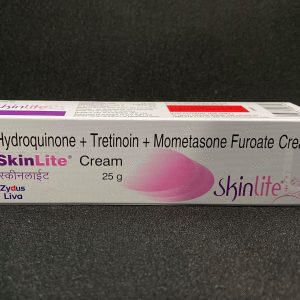 Skinlite Cream 25gKD4.000
Skinlite Cream 25gKD4.000 -
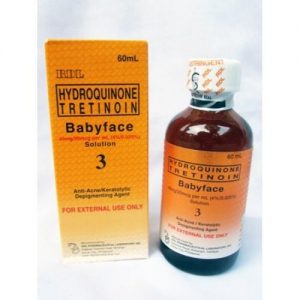 RDL Babyface Solution No. 3 60mlKD2.000
RDL Babyface Solution No. 3 60mlKD2.000 -
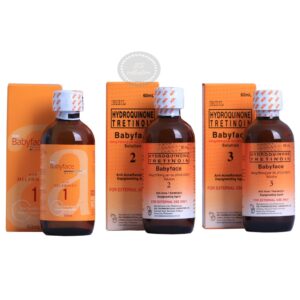 RDL Baby Face Solutions #1, #2 Or #3 60mlKD2.000
RDL Baby Face Solutions #1, #2 Or #3 60mlKD2.000 -
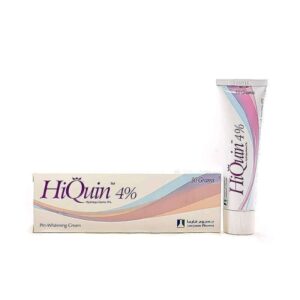 4% Hydroquinone HiQuin Cream 30gKD4.000
4% Hydroquinone HiQuin Cream 30gKD4.000 -
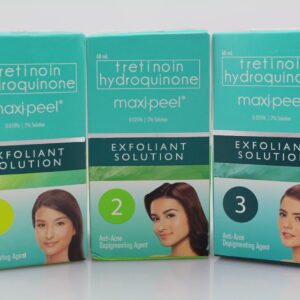 Tretinoin, Hydroquinone Maxi-Peel Exfoliant Solution 60 mLKD2.000
Tretinoin, Hydroquinone Maxi-Peel Exfoliant Solution 60 mLKD2.000 -
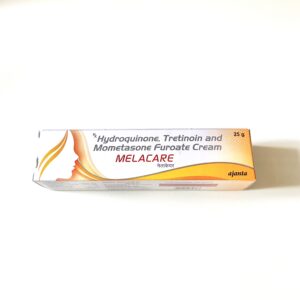 Melacare Hydroquinone + Tretinoin + Mometasone Furoate Cream 25gKD3.500
Melacare Hydroquinone + Tretinoin + Mometasone Furoate Cream 25gKD3.500 -
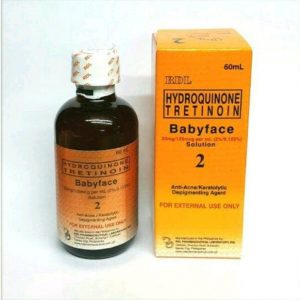 RDL Babyface Solution No. 2KD2.000
RDL Babyface Solution No. 2KD2.000 -
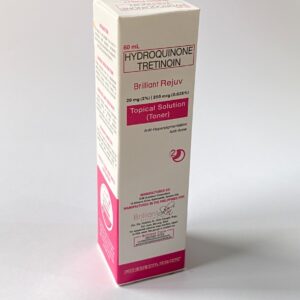 Hydroquinone Tretinoin Brilliant Rejuv Toner 60mlKD3.000
Hydroquinone Tretinoin Brilliant Rejuv Toner 60mlKD3.000 -
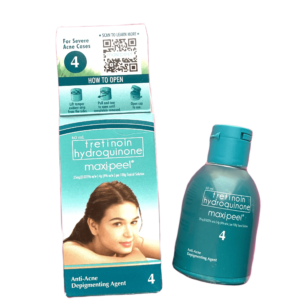 0.025% Tretinoin 4% Hydroquinone Maxi-Peel Solution No.4 60mLKD2.000
0.025% Tretinoin 4% Hydroquinone Maxi-Peel Solution No.4 60mLKD2.000 -
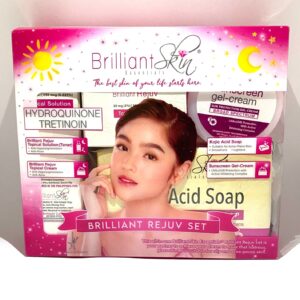 Brilliant Rejuv Set – Hydroquinone TretinoinKD7.000
Brilliant Rejuv Set – Hydroquinone TretinoinKD7.000 -
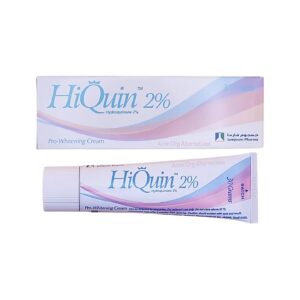 HiQuin Cream 30g – 2% Hydroquinone Solution for HyperpigmentationKD2.750
HiQuin Cream 30g – 2% Hydroquinone Solution for HyperpigmentationKD2.750 -
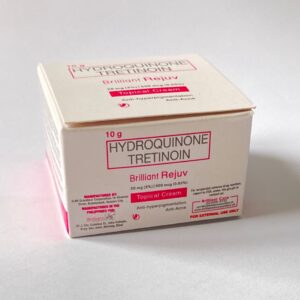 Hydroquinone Tretinoin Brilliant Rejuv Cream 10gKD3.000
Hydroquinone Tretinoin Brilliant Rejuv Cream 10gKD3.000 -
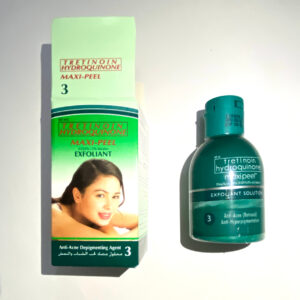 Maxi-Peel Exfoliant No.3 – 0.025%/2% Tretinoin, HydroquinoneKD2.000
Maxi-Peel Exfoliant No.3 – 0.025%/2% Tretinoin, HydroquinoneKD2.000 -
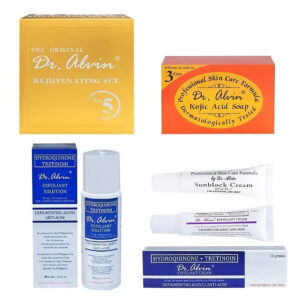 Dr. Alvin Rejuvenating Set No. 5 (Advance) – Hydroquinone + TretinoinKD7.000
Dr. Alvin Rejuvenating Set No. 5 (Advance) – Hydroquinone + TretinoinKD7.000 -
Product on sale
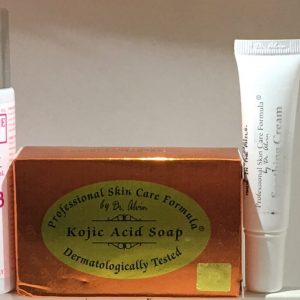 Dr Alvin Rejumax Program 3Original price was: KD9.000.KD7.000Current price is: KD7.000.
Dr Alvin Rejumax Program 3Original price was: KD9.000.KD7.000Current price is: KD7.000. -
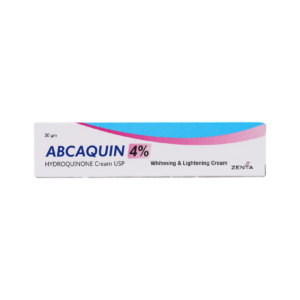 ABCAQUIN 4% Hydroquinone Whitening & lightening Cream 30gKD4.000
ABCAQUIN 4% Hydroquinone Whitening & lightening Cream 30gKD4.000 -
Product on sale
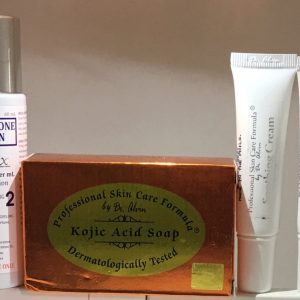 Dr Alvin Rejumax Program 2Original price was: KD9.000.KD7.000Current price is: KD7.000.
Dr Alvin Rejumax Program 2Original price was: KD9.000.KD7.000Current price is: KD7.000. -
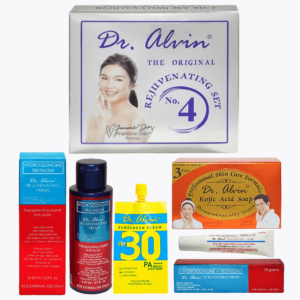 Dr. Alvin Rejuvenating Set No.4 (Prime) – Hydroquinone + TretinoinKD7.000
Dr. Alvin Rejuvenating Set No.4 (Prime) – Hydroquinone + TretinoinKD7.000



